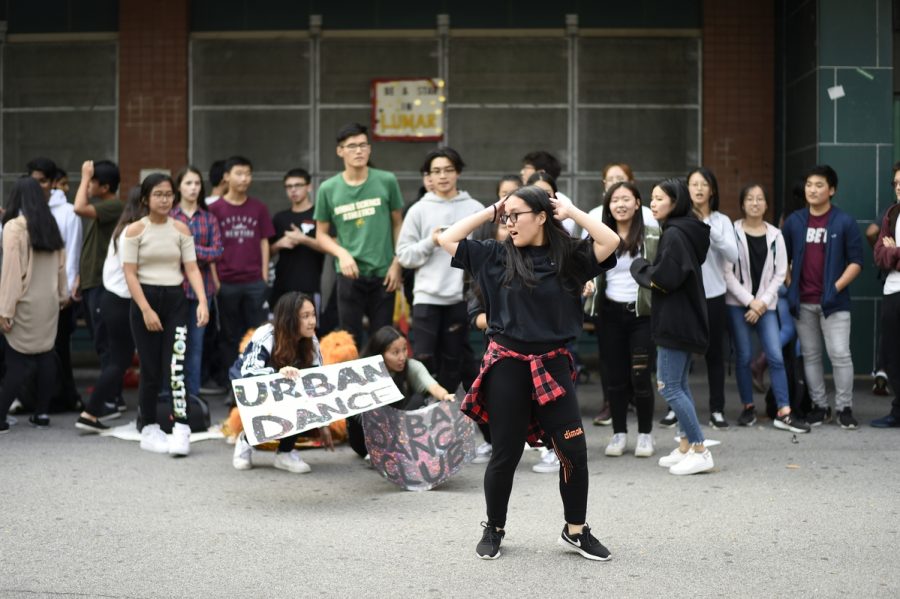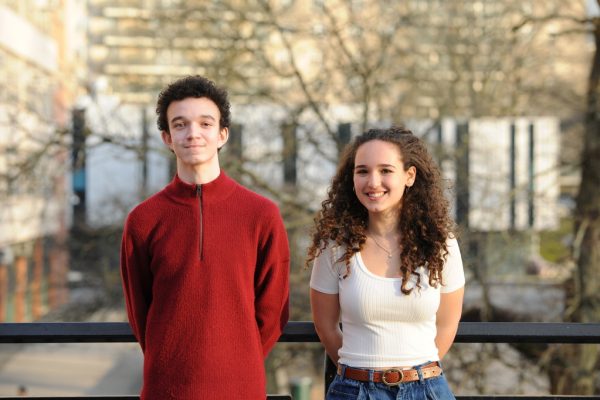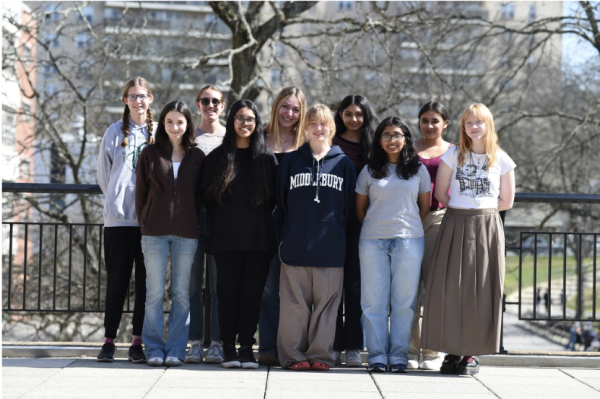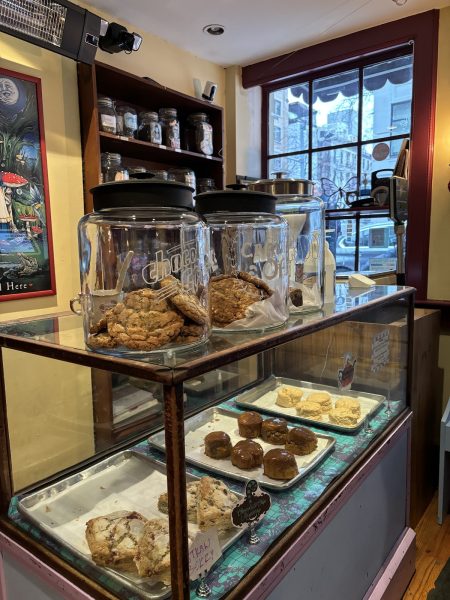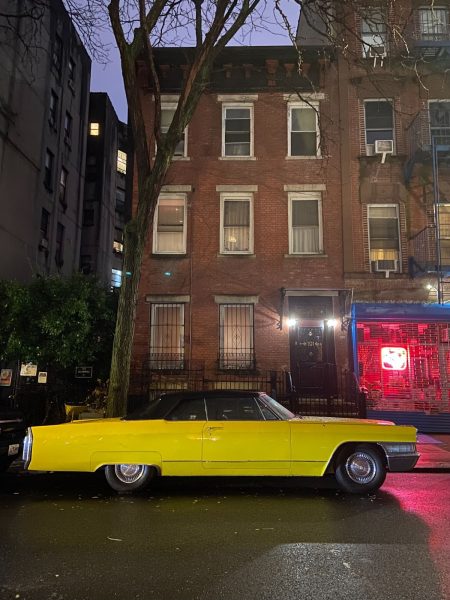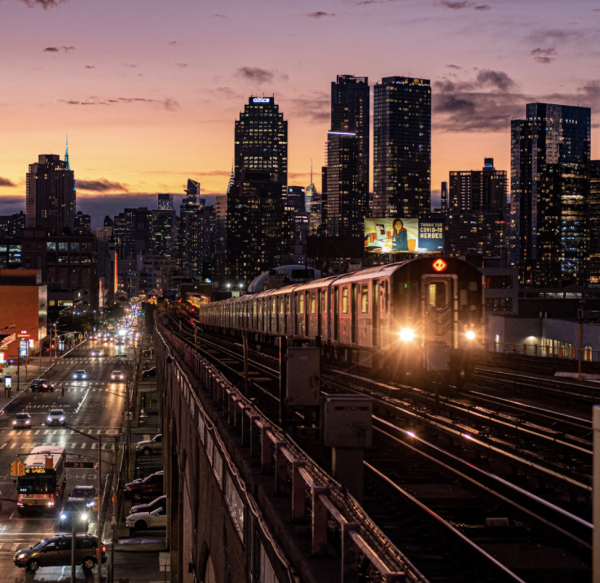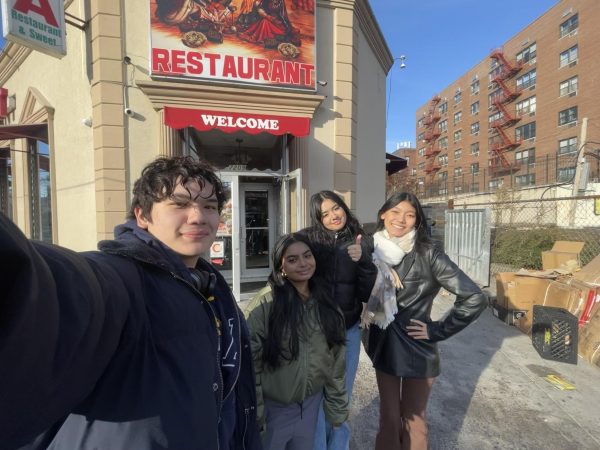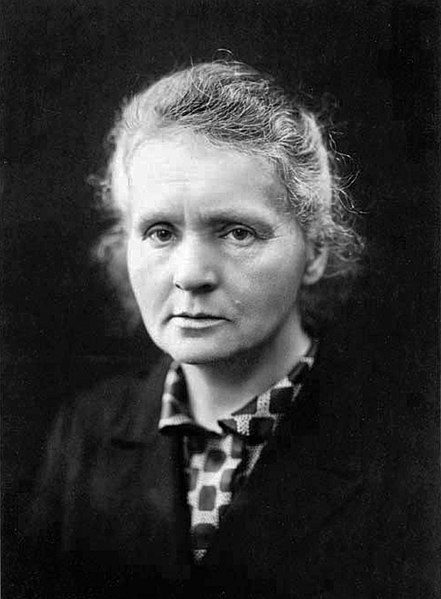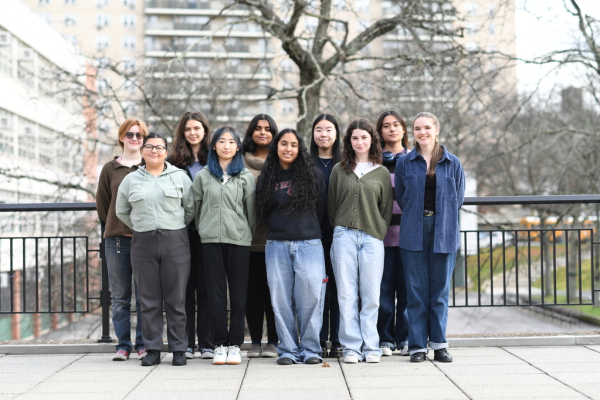Breaking Barriers, Dancers at Bronx Science Shine
Lin Zhang ‘19 breaks a move in the club fair. “My nervousness overwhelmed me as I stepped into the center of the dance floor. I am thankful for everyone who supported me that day,” she said.
If you went to this year’s Club Fair, you may have noticed one undeniable trend: there were more students gathered by the outside entrance of the cafeteria to see clubs like Lunar New Year and Urban Dance perform than anywhere else. The allure of dance was undeniable, drawing in passersby like paintings in a museum. At least for the purposes of the club fair, dancing was the perfect way to put your club on the map.
In the hallways after school, you might see dancers practicing their routines or learning choreography. It’s a pleasure for the eyes, but certainly a curious sight for students who do not expect to see a full performance on their way to SGI. However, for the students who do it, dancing is a meaningful way to connect to culture and community.
“My dance is a big part of my culture.”
“[Dancing] is important because it allows you to become more aware of yourself and makes you feel really connected to something. There’s a different type of dance for everyone,” said Alexandra Weiss ’20, a ballet dancer outside of school.
Weiss’s favorite dance move is the firebird, a leap where one leg is pointing towards the floor and the other leg is bent upwards behind your head.
“My favorite dance move is the baby freeze,” said Tomson Zhang ’19, a finishing move in hip hop dances that looks a lot like a handstand turned flat.
Zhang, a member of Lunar New Year Productions and secretary of Urban Dance Club, laments that many students do not recognize the distinction between these two clubs. “People think Lunar and UDC are the same because they share the same show.”
However, the difference between the two could not be more obvious. While Lunar encourages students to step into Asian cultures from the past, UDC draws influence from a dance form that is still evolving. Indeed, hip-hop originated in the Bronx, and its influence has since spread to China, Japan, and Korea.
“From rap to graffiti, all these forms of art create a sense of unity. And that is what we strive to create in UDC,” said Zhang.
“My dance is a big part of my culture.”
Dancing is also an excellent way to handle stress. “Dancing is sometimes a way to escape into another world and enjoy the smallest things in life,” said Sakshi Shah ’19, a longtime member of NASHA.
Most importantly, dancing instills confidence, encouraging us to face inconceivable challenges and push our limits. However, gaining confidence has its challenges. Depa Saha ’22 recounts how dance changed her life. “I overcame being insecure about moving my body like my hips. As a woman, I don’t think I should be ashamed of my body. My dance is a big part of my culture. Bharatnatyam is the name of the dance I do. It is a dance- for one of the gods, Krishna, and it makes me feel connected to my culture and religion, Hinduism.”
In the end, dancing may be a matter of personal preference. We all feel a level of insecurity about displaying our bodies for others. But more so than other artforms, dancing involves the breaking of barriers. Traditional or contemporary, dance pushes humans to their extremes. For this reason, all dancers are rebels at heart.
Lucian Dobroszycki is an Arts & Entertainment Editor for ‘The Science Survey’ and a Student Life Section Reporter for ‘The Observatory.’ He...
Jemma Lasswell is Editor-in-Chief and former Editorial Editor for ‘The Science Survey’ and an Athletics Section Reporter for ‘The Observatory.’...

